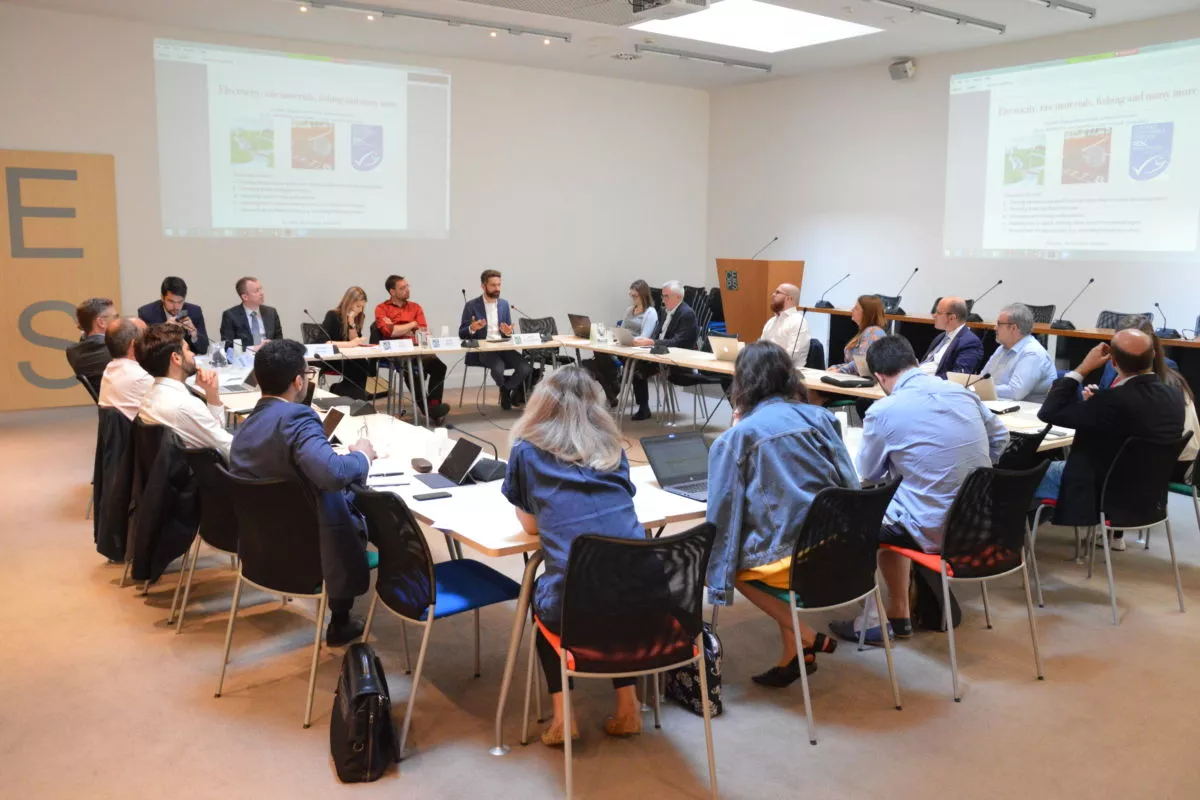The CDM has been a great success to build up the institutional framework for a carbon market in developing countries, including monitoring, reporting and verification and provide a carbon signal in these countries. It has also leveraged considerable investment in developing countries. At the same time, there have been a number of concerns such as environmental effects, transaction costs, uneven distribution of the benefits between counties but also a real or perceived lack of technology transfer. In addition, increasingly questions are raised about the future of the CDM or any other post-2012 flexible mechanism if designed as off-setting mechanism for Annex-1 emissions.
There is agreement that flexible mechanisms will continue in the post-2012 period. And there are many ideas to adapt and modify the existing flexible mechanisms in line with the post-2012 GHG reduction requirements. Proposals include, for example, sector-based approaches such as the ‘no-lose targets’ for developing countries, sustainable development policies & measures, worldwide, binding sectoral targets and mechanisms to focus on technology, avoided deforestation (REDD) or adaptation. Significant work is undertaken on how different instruments could work and fit into a post- 2012 architecture.
Against this background CEPS launches a new Task Force on “The CDM and future flexible mechanisms” to:
- -take stock of the current flexible instrument discussion in the EU, UN and among stakeholders
- -identify a number of principles that the CDM and future flexible mechanisms will need to meet and
- -test some of the concrete ideas that have been put forward.
The Task Force will discuss controversial issues such as the future role of the CDM as an off-setting mechanism for Annex-1 countries, reform of the CDM and its impact on carbon markets, various approaches to scale up flexible instruments while ensuring real GHG emissions reductions and ways to accelerate technology transfer.
The CEPS Task Force on “The future of the CDM and post-2012 flexible mechanisms” started in November 2008 and ran until Spring 2009. The first meeting took stock of the CDM discussions in the EU, UN and among stakeholders and present various approaches for future flexible mechanisms. At the end of the meeting, the Task Force agreed on the exact terms of reference. Two further meetings (January and February) discussed key issues a final report was discussed at the fourth meeting in May.
Chair:
Ulrika Raab, Senior Advisor, Swedish Energy Agency, Member of the CDM Executive Board
Rapporteurs:
Noriko Fujiwara, CEPS Fellow
Christian Egenhofer, CEPS Senior Fellow
Anton Georgiev, CEPS Fellow
1st meeting: 20 November 2008 (agenda)
2nd meeting: 14 January 2009 (agenda)
3rd meeting: 19 February 2009 (agenda)
4th (last) meeting: 6 May 2009 (agenda)
Task Force Report published, free download here
Presentations 1st meeting – 20 Nov 2008:
Beyond Offsetting: The Only Future for CDM – Sanjeev Kumar
The CDM and Future Flexible Mechanisms Post-2012 – Kim Carnahan
Options for Differentiation in the CDM – Stefan Bakker
Directions to 2050: Revising the CDM for a post-2012 World – David Hone
Achievements of the CDM: Successes and Failures – Ulrika Raab
The Scope and Shape of New Post-2012 Flexible Mechanisms – Yoshinori Tanaka
Presentations 2nd meeting – 14 Jan 2009:
Key Messages – Noriko Fujiwara
The EU ETS Review: Implications for Credit Import – Stig Schjølset
State of Play of the CDM Reform Debate after Poznan and the Climate and Energy Package – Thomas Bernheim
CDM Issues from an Investor’s Perspective – Daniele Agostini
Which Future Mechanisms? A Market Perspective – Henry Derwent
Future Flexible Mechanisms – Stephen Pathirana
Benchmark CDM Methodology for the Cement Sector – Catherine Martin-Robert
Green Investment Schemes: Maximizing their Benefits for Climate and Society – Andreas Tuerk
AAU Trade & Green Investment Schemes: Post 2012 Potential – Grzegorz Peszko
Background Material
Global sectoral industry approaches to climate change: The way forward – CEPS Task Force report
The study on Global Sectoral Approaches as Part of the Post – 2012 Framework
Latvia’s participation in international emissions trading : Options study – G. Peszko et al.
Presentations 3rd meeting – 19 Feb 2009:
USCAP/US Climate Policy – Ann Condon
Technology Challenges – Pieter Boot
Investment in Large Energy Production Facilities – Bill Kyte
The Post-2012 Finance Architecture: How can Market Mechanisms fit in? – Jochen Harnisch
Future mechanisms to support the post-2012 architecture – Steven Gray
A future mechanisms with atmospheric benefits – Martin Cames
A Carbon Investor’s Perspective – Aimie Parpia
Background Material
USCAP Blueprint for Legislative Action and EU ETS Side-By-Side
CEPS side-event at the UN Climate Change Talks, Bonn, 5 June 2009:
‘Post-2012 mechanisms – a proposal’
Launch of Task Force Report, 27 Oct 2009
Introduction and key messages – Ulrika Raab and Noriko Fujiwara
Executive Summary
CEPS side-event at the UN Climate Change Talks, Copenhagen, 10 December 2009:
‘Future flexible mechanisms’






